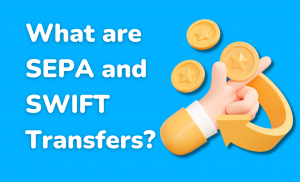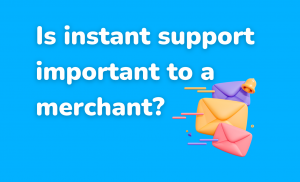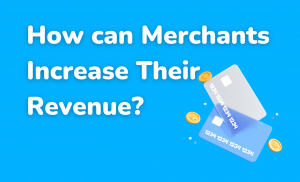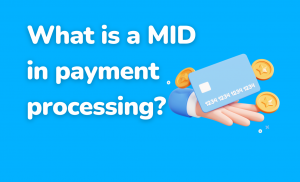What is the difference between Visa & MasterCard?
Visa & MasterCard are the 2 biggest card issuers in the world, but what is the actual difference between them?
Before we break down how different these 2 providers are, let’s see how similar they are. Firstly, both are card network that allow payments to be executed using their network. This means that they solely manage payments made on their network only, and VISA payments cannot be executed on MasterCard’s network and vice-versa.
Another major similarity is that both of these cards are pretty much always accepted in the same place. VISA boasts 28 million merchants worldwide, whilst MasterCard has over 30 million merchants on record. With this in mind, it would be very rare to find a merchant that only accepts MasterCard and one that only accepts Visa.
Both providers both run a similar requirement when it comes to credit scores to obtain a card. Although, VISA and MasterCard don’t actually process the acceptance of the user but the bank that is “sponsoring” the card. This means that the user who wants to obtain a VISA or MasterCard card but first be deemed acceptable by the bank that will issue the card.
Also, VISA and MasterCard both run reward programs and points when using their respective cards. Whether it’s cashback or special tickets, but have pretty cool programs in place to incentivise the use of their networks.
So, let’s see now how they are different and let’s start with price. VISA generally charges 1.29% + $0.05 to 2.54% + $0.10 to make a transaction, whereas MasterCard charges 1.29% + $0.05 to 2.64% + $0.10 making VISA marginally cheaper when it comes to processing. Another difference between the 2 providers is their buyer security schemes. With MasterCard, if you purchase something and within 60 days the price decreases, MasterCard will usually refund you the difference. However, this is pretty much where the differences stop.
Although both VISA and MasterCard offer different perks and benefits, they are essentially 99% the same and their offerings, business model, and processing solutions are almost identical. Ultimately, it just comes down to which one is better suited to your needs and which one is more likely to make you feel comfortable when using them.




